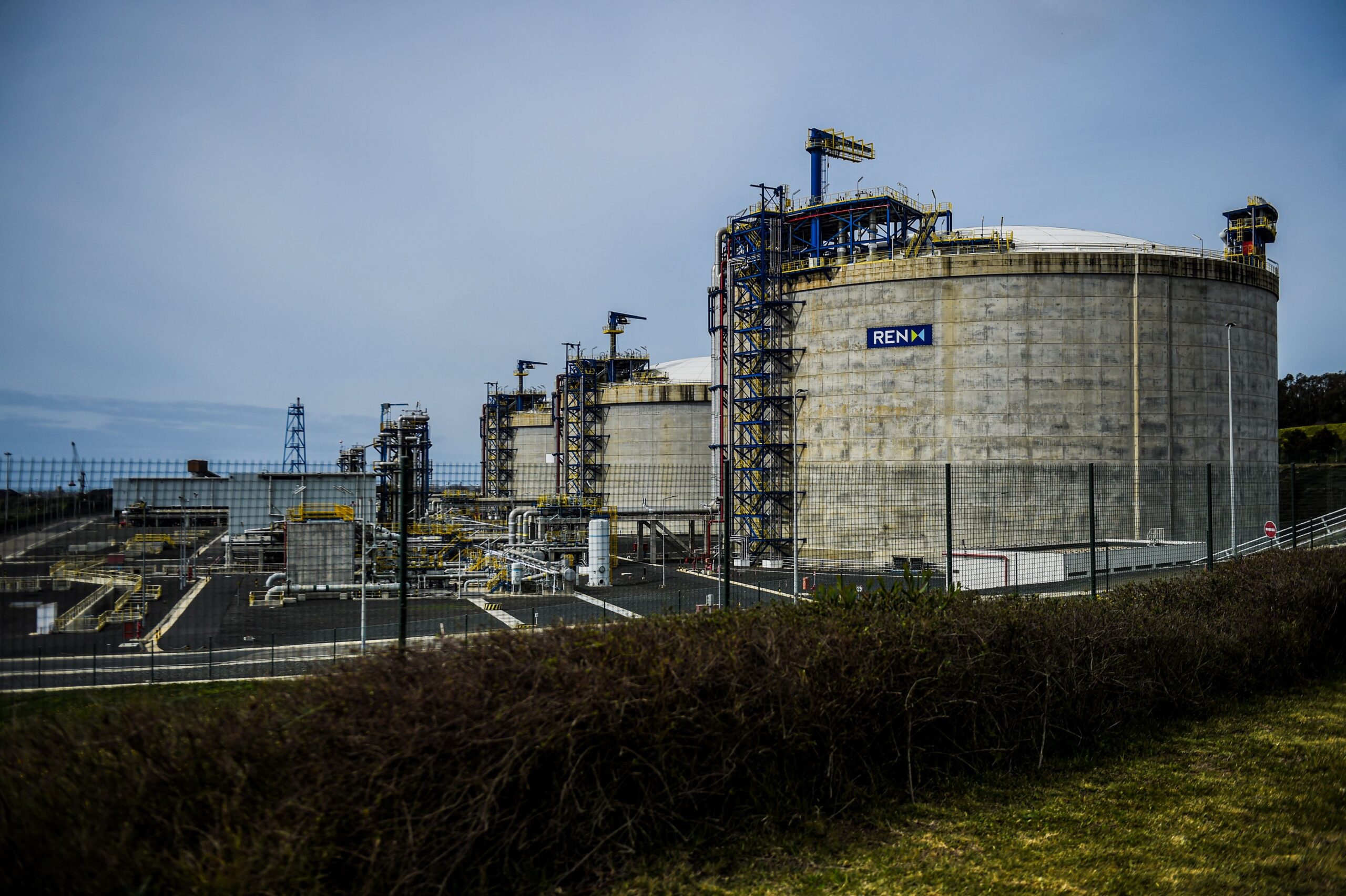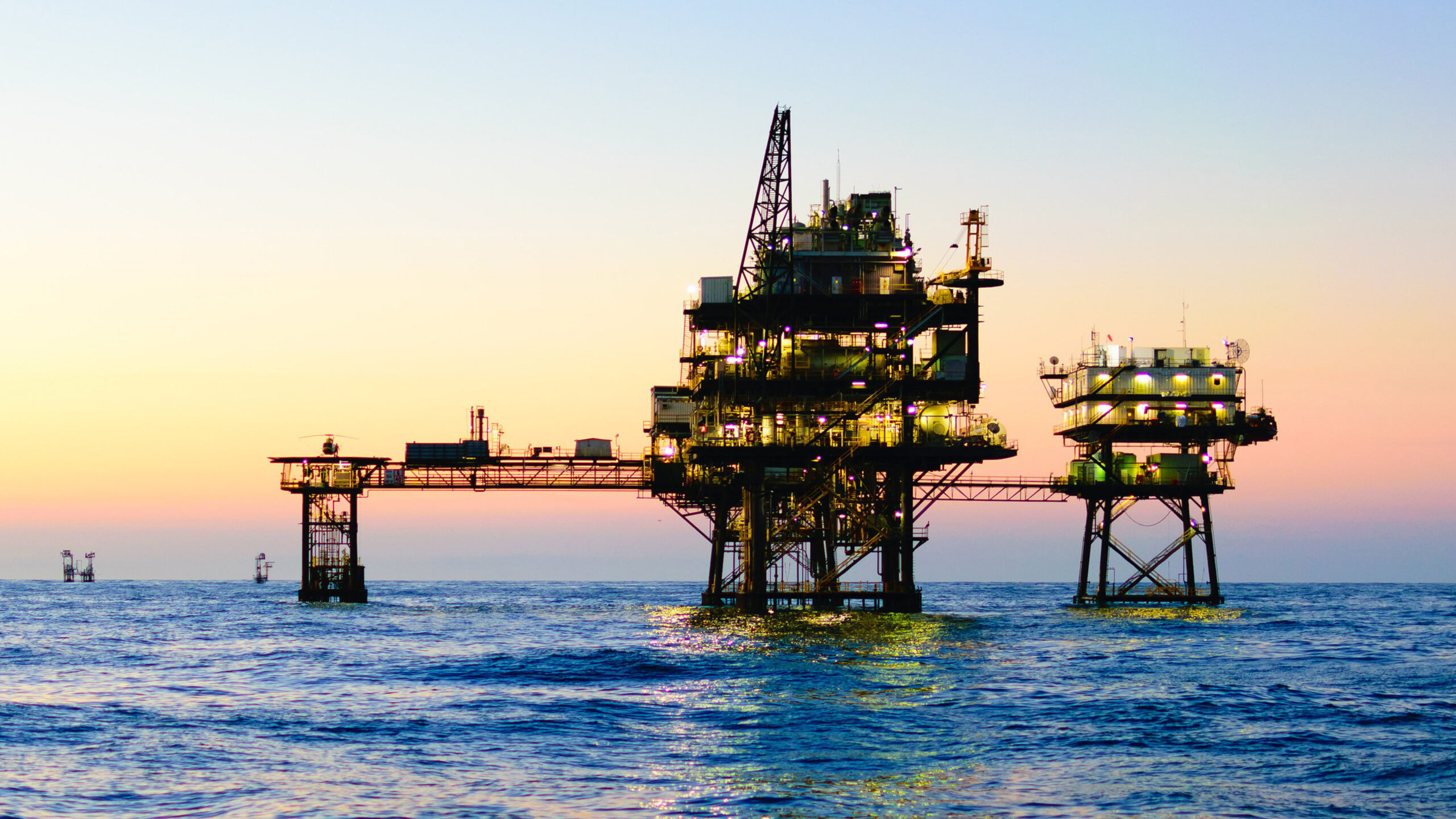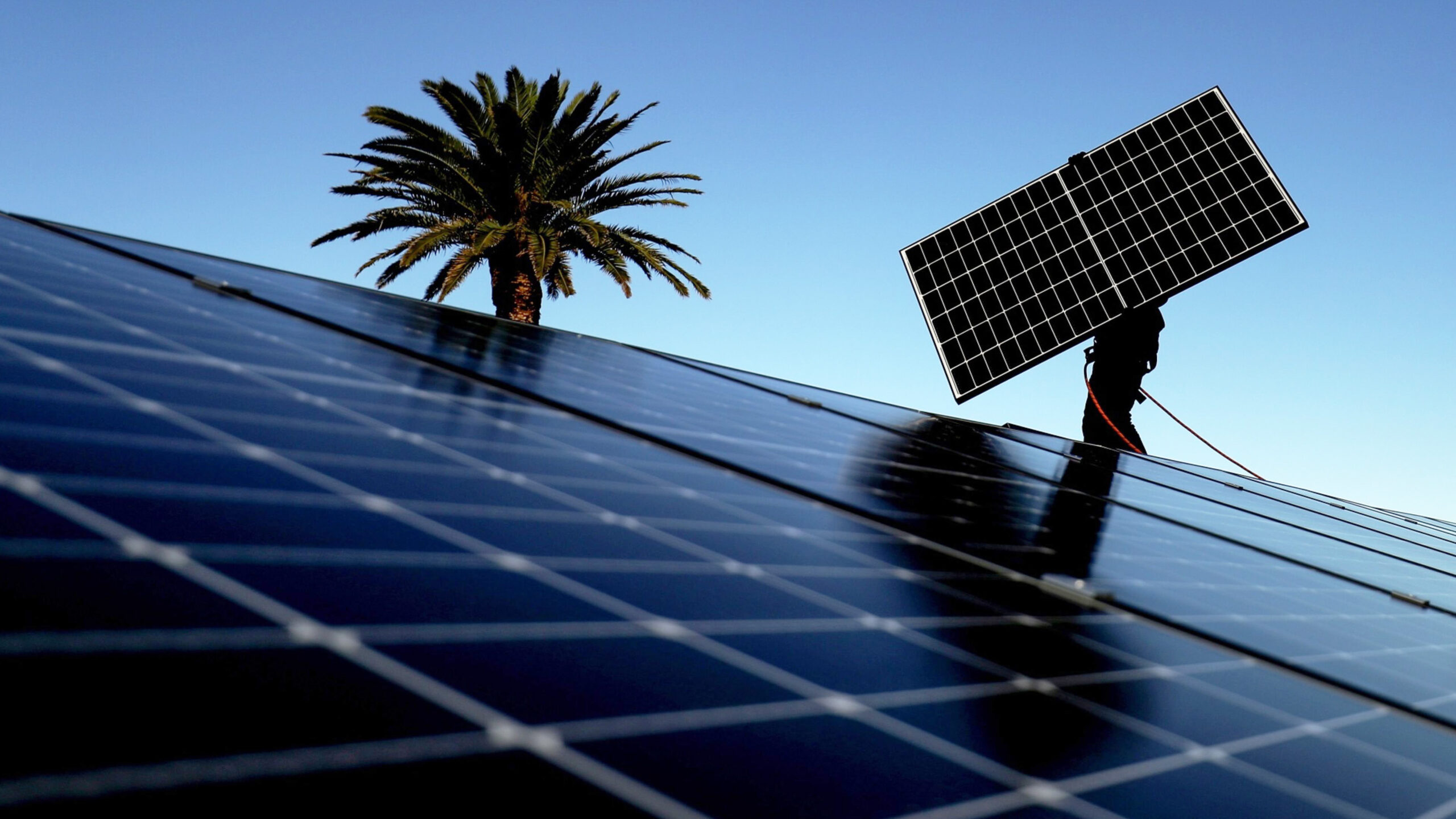

Europe’s efforts to extricate itself from dependence on Russian oil and gas for energy could provoke short-term headaches, but campaigners and suppliers say the European Commission’s plans for disconnection could have a net positive impact on green objectives.
The commission announced its plan for independence from Russian energy on March 8, targeting an end to the use of the country’s fuels before 2030. The move comes in response to Russia’s invasion and bombardment of neighbouring Ukraine.
Alongside measures designed to protect the economy from price volatility such as requiring gas storage to be 90 per cent full by October 1 each year, the EC proposal, known as REPowerEU, would see the bloc cut out 60 billion cubic metres (bcm) of Russian gas from its supply by the end of the year, replaced by liquefied natural gas and pipelines from other sources.
An acceleration of the ‘Fit for 55’ proposals – a package of measures designed to cut Europe’s emissions by 55 per cent by 2030, could further diminish reliance on Moscow.
Boosting biomethane, hydrogen and solar use while pursuing greater electrification and efficiency will bring the savings to 100bcm, equivalent to two thirds of current imports from Russia, by the end of the year, and could eradicate the need for gas from the country by 2030.
Commission President Ursula von der Leyen said: “We must become independent from Russian oil, coal and gas. We simply cannot rely on a supplier who explicitly threatens us. We need to act now to mitigate the impact of rising energy prices, diversify our gas supply for next winter and accelerate the clean energy transition.”
“The quicker we switch to renewables and hydrogen, combined with more energy efficiency, the quicker we will be truly independent and master our energy system,” she said, adding that discussions for implementation will begin with European leaders next week.
Coal to return?
For all the EU’s radical plans and commitment to cooperation, the regasification terminals needed to switch from pipeline gas to LNG are not yet in place, and with reliance on Russia varying between member states, some are in for a bumpier ride than others.
Forty-three per cent of all gas imported into Europe in 2020 came from Russia, according to research company Statista, with Germany buying 19.4 per cent of its output, and Bosnia and Herzegovina, North Macedonia and Moldova totally reliant on the country for their gas.
The Netherlands and Germany are among the large buyers of Russian oil, purchasing 9.4 and 6.3 per cent of supply respectively in 2020, according to Statista.
German economy minister Robert Habeck has ruled out returning to nuclear power and also says coal – half of which is imported from Russia – cannot be an alternative for long-term strategy, according to Reuters.
But with an expected wait of two years before an LNG terminal is built, and Germany’s accelerated Renewable Energy Sources Act taking time to filter in, a near-term increase in coal use may be unavoidable.
However, says Sarah Brown, senior electricity transition analyst at climate think-tank Ember, these short-term setbacks may be outweighed by the greater impetus that the crisis has given for renewable energy.
She says that while countries like Germany and Poland may face near-term issues that are plugged by coal, “what we were quite pleasantly surprised by is that this [the EC response to Ukraine] may allow us to leapfrog gas”.
Crisis reveals flaws of transition gas
Germany has already committed to remove coal by 2030, and recent accelerations in renewable plans will aid this. For coal burners that are lagging on the transition, such as Poland, Bulgaria and the Czech Republic, the current energy crisis should be a wakeup call, says Brown.
“It’s not just gas prices going up in Europe, the coal prices are also going up,” she says. “Really, it’s fossil fuels as a whole becoming non-viable with gas additionally becoming completely non-viable as a transition fuel.”
“The problem with the Commission [on Tuesday] was that there was a lot of detail about diversifying the gas sources; not quite as much detail on the renewable energy source,” Brown says, although she is buoyed by the EU parliament’s support for an increase in the renewable energy target.
While REPowerEU will eventually see renewables replace Russian gas, its near-term solutions focus mainly on replacing gas with gas.
A spokesperson for Enel, the Italian energy company, says this situation cannot endure for too long.
“In the short run, the European Union must coordinate its efforts to secure additional sources of natural gas through existing pipelines and LNG terminals,” the spokesperson says. “However, in Europe, natural gas has already shown its risks and limitations with surging energy prices in the past months.”
Enel says these price surges need not be passed onto consumers in all cases, as volatile spot prices on the Central European Gas Hub do not reflect the real cost of supply.
“Therefore, fossil fuels could be a short-term bridge between reduced Russian gas imports and a ramp-up of clean investments, but this is only a transitory solution that will not impede in any way the steep development of renewables,” the spokesperson says. “Renewables are key to cutting Europe’s dependency on Russian gas as well as achieving stable and reduced energy prices. They are a cost-effective and fixed source of electricity, as well as the main solution to combat climate change.”
Similar Articles

In Charts: Redemptions drag global climate fund flows to lowest level in four years

In Charts: Canada, Japan, South Korea ‘blocking clean energy transition’ with fossil fuel finance


